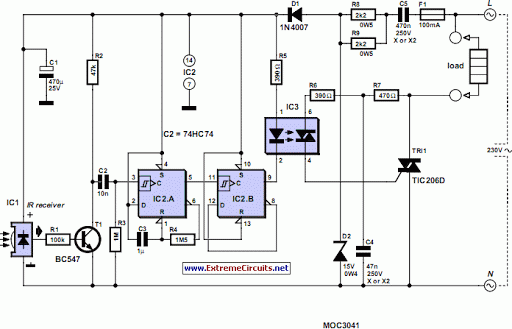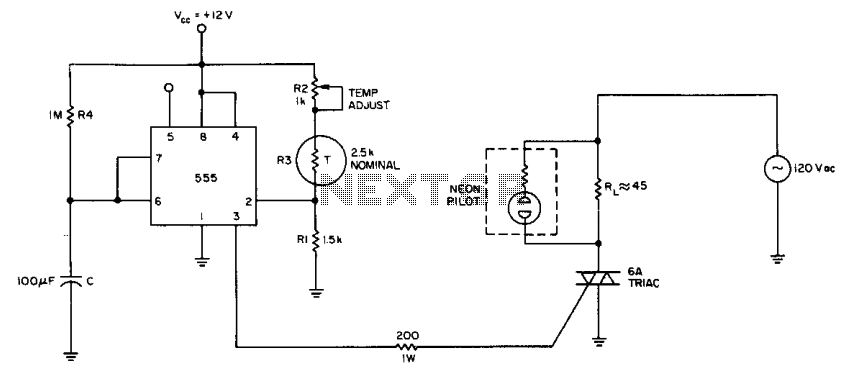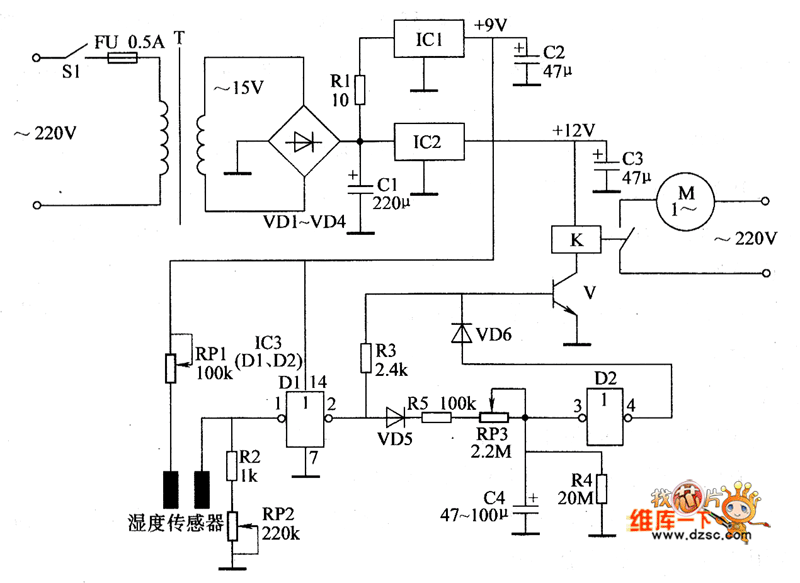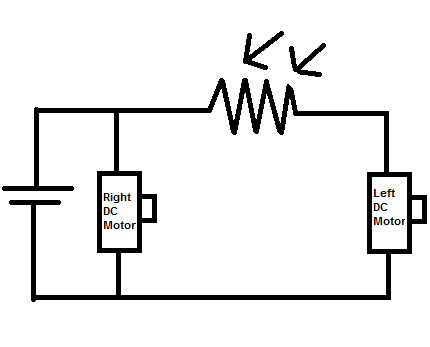
On-off Infrared Remote Control

Most homes today have at least a few infrared remote controls, whether they are for the television, video recorder, stereo, etc. Despite this fact,
Infrared (IR) remote controls are ubiquitous in modern households, serving as convenient devices for operating various electronic appliances from a distance. These remote controls utilize infrared light to transmit signals to the corresponding devices, allowing users to control functions such as power, volume, and channel selection without the need for direct contact.
The typical architecture of an infrared remote control system consists of two main components: the transmitter (remote control) and the receiver (integrated within the appliance). The transmitter contains a microcontroller that generates specific signals based on user input, which are then emitted as infrared light through an LED. The receiver, located in the electronic device, consists of an infrared photodiode or phototransistor that detects the incoming infrared signals and converts them back into electrical signals for processing.
The communication between the remote control and the appliance is generally conducted using a modulated signal, where the infrared light is turned on and off in a specific pattern to represent binary data. This modulation technique helps to differentiate the IR signals from ambient light interference, ensuring reliable operation even in brightly lit environments.
The frequency of the modulation typically ranges from 30 kHz to 40 kHz, which is standard for most consumer electronics. The protocol used for communication can vary between manufacturers, with common protocols including NEC, RC5, and Sony SIRC. Each protocol defines the structure of the data packets transmitted, including the address of the device being controlled and the specific command being issued.
In summary, infrared remote controls play a crucial role in enhancing user experience by providing a simple and effective means of controlling multiple electronic devices from a distance. Their widespread adoption is a testament to their functionality and convenience in everyday life.Most homes today have at least a few infrared remote controls, whether they be for the television, the video recorder, the stereo, etc. Despite that fact,.. 🔗 External reference
Infrared (IR) remote controls are ubiquitous in modern households, serving as convenient devices for operating various electronic appliances from a distance. These remote controls utilize infrared light to transmit signals to the corresponding devices, allowing users to control functions such as power, volume, and channel selection without the need for direct contact.
The typical architecture of an infrared remote control system consists of two main components: the transmitter (remote control) and the receiver (integrated within the appliance). The transmitter contains a microcontroller that generates specific signals based on user input, which are then emitted as infrared light through an LED. The receiver, located in the electronic device, consists of an infrared photodiode or phototransistor that detects the incoming infrared signals and converts them back into electrical signals for processing.
The communication between the remote control and the appliance is generally conducted using a modulated signal, where the infrared light is turned on and off in a specific pattern to represent binary data. This modulation technique helps to differentiate the IR signals from ambient light interference, ensuring reliable operation even in brightly lit environments.
The frequency of the modulation typically ranges from 30 kHz to 40 kHz, which is standard for most consumer electronics. The protocol used for communication can vary between manufacturers, with common protocols including NEC, RC5, and Sony SIRC. Each protocol defines the structure of the data packets transmitted, including the address of the device being controlled and the specific command being issued.
In summary, infrared remote controls play a crucial role in enhancing user experience by providing a simple and effective means of controlling multiple electronic devices from a distance. Their widespread adoption is a testament to their functionality and convenience in everyday life.Most homes today have at least a few infrared remote controls, whether they be for the television, the video recorder, the stereo, etc. Despite that fact,.. 🔗 External reference




